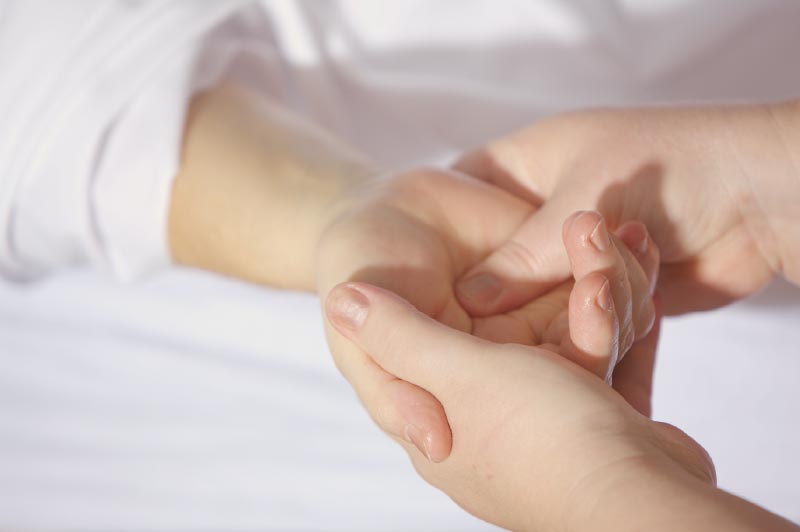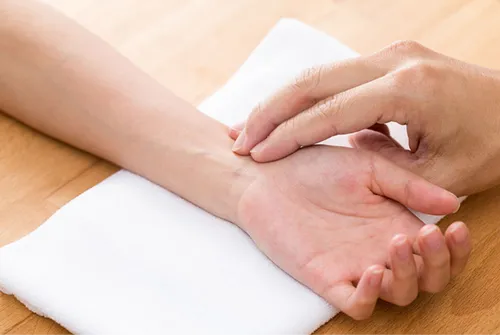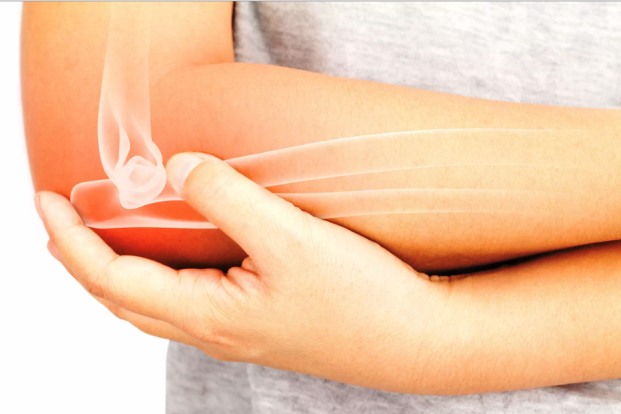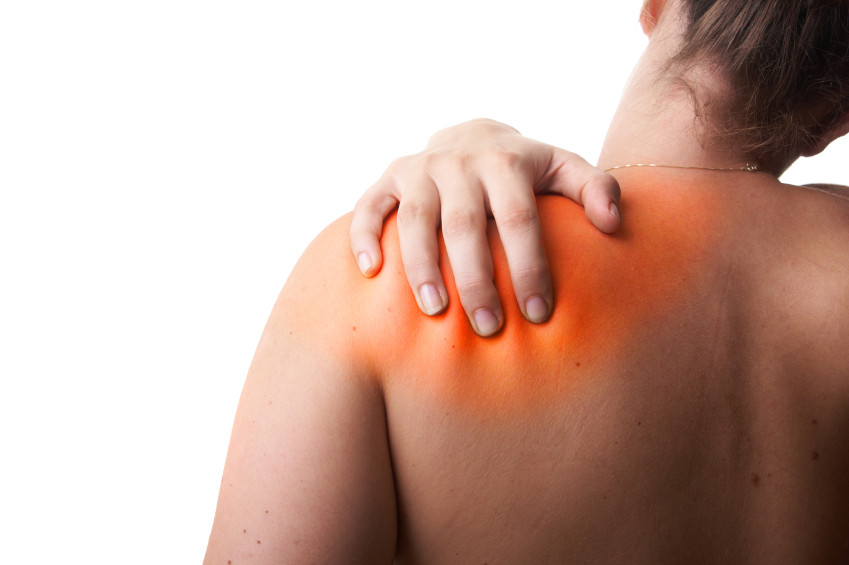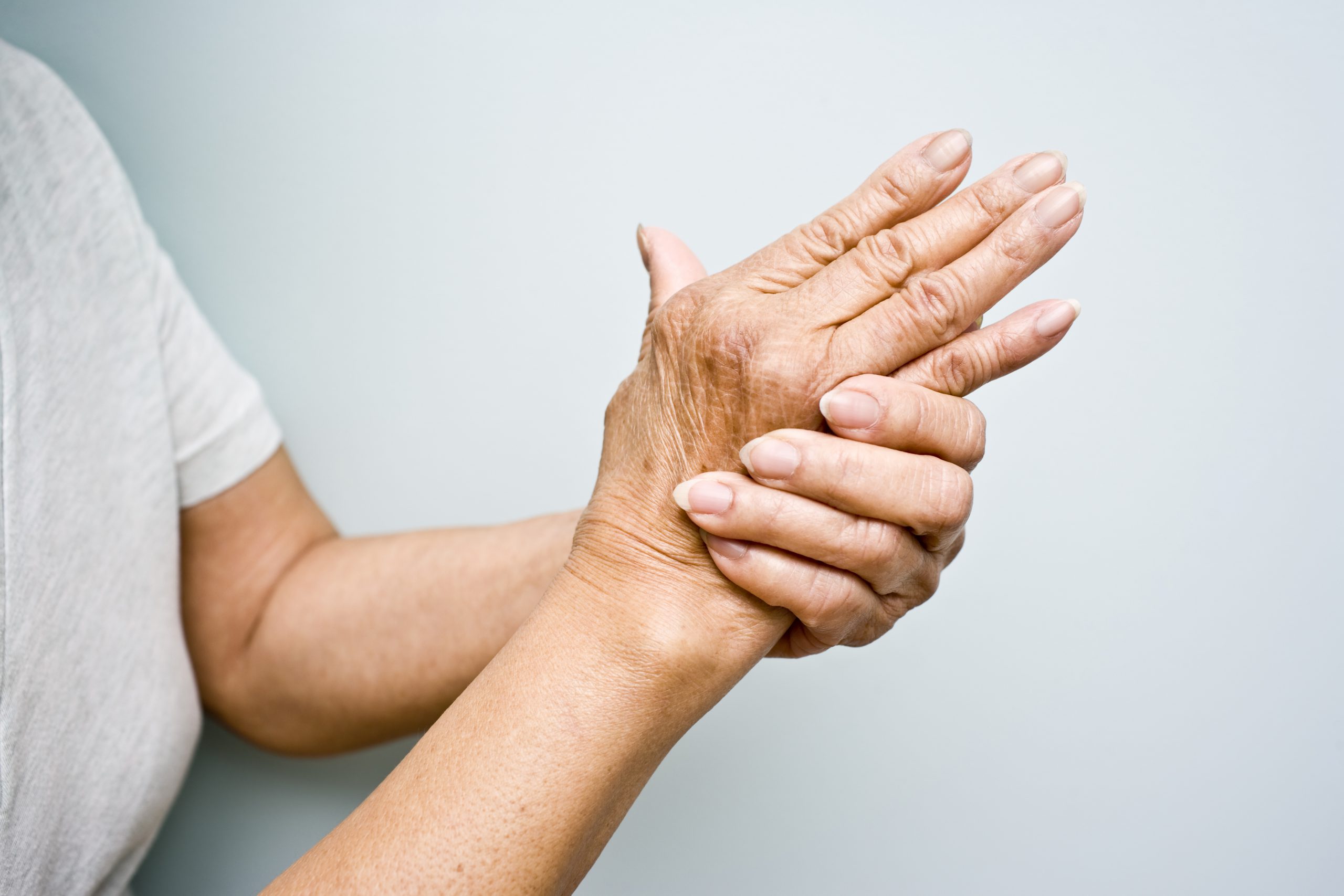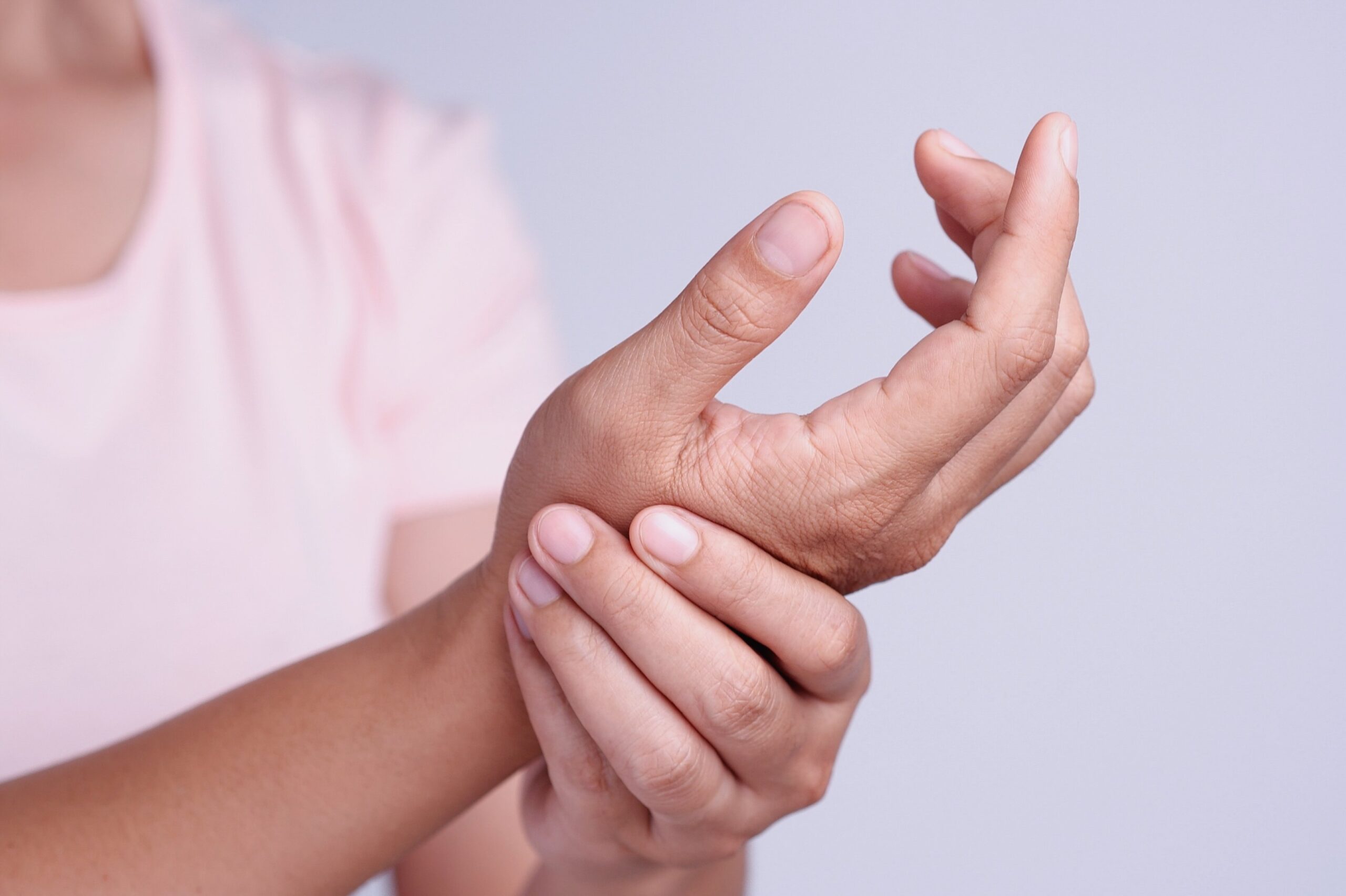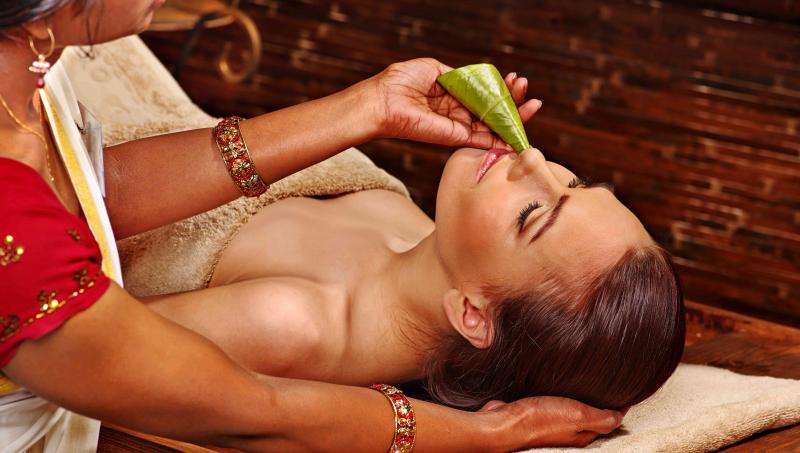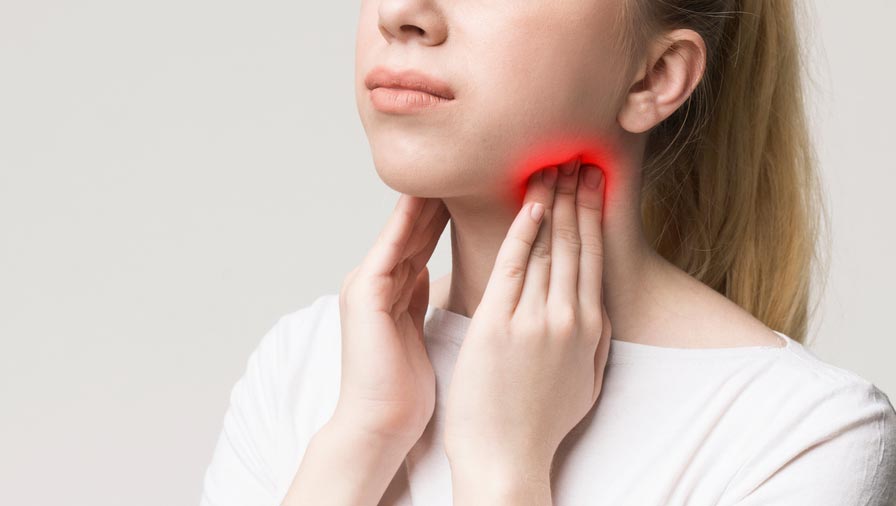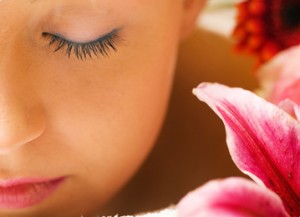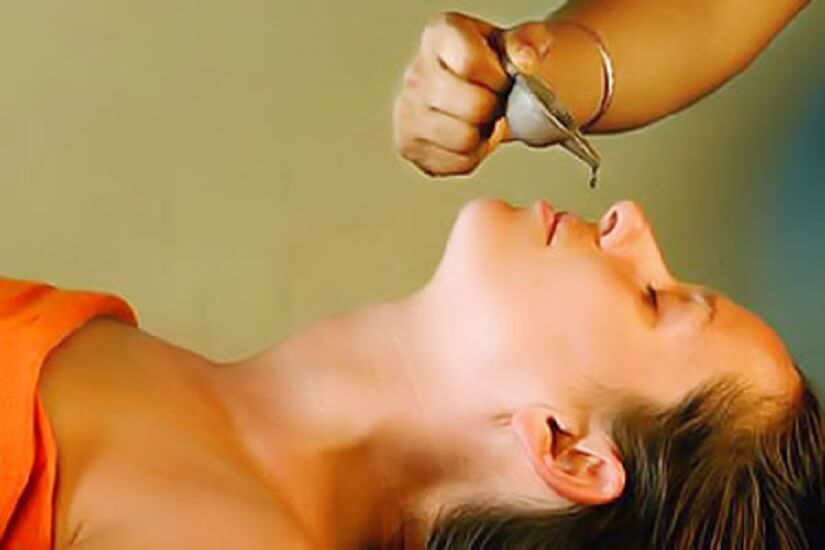“SAMA DOSHA SAMA DHATHU SAMAGNISCHA MALA KRIYAHA PRASANNATHMENDRIYA MANH SWASTHYA ITHYABHIDEYATHE”
This means that the human being is considered to be completely healthy only when the body constituents namely “tridoshas”, seven “dhathus”, “Agni”, effluents like three “malas”, athma, “Panchendriyas” and “manas” are all in equilibrium state. This shows that Ayurveda has given equal importance to mind, body and soul white treating the patient. The truth is always very simple. Likewise, the basic principles of ayurveda are very simple to understand.

